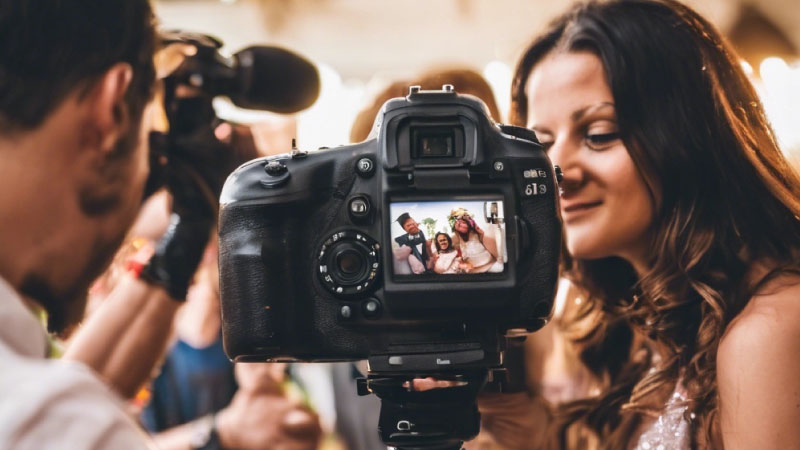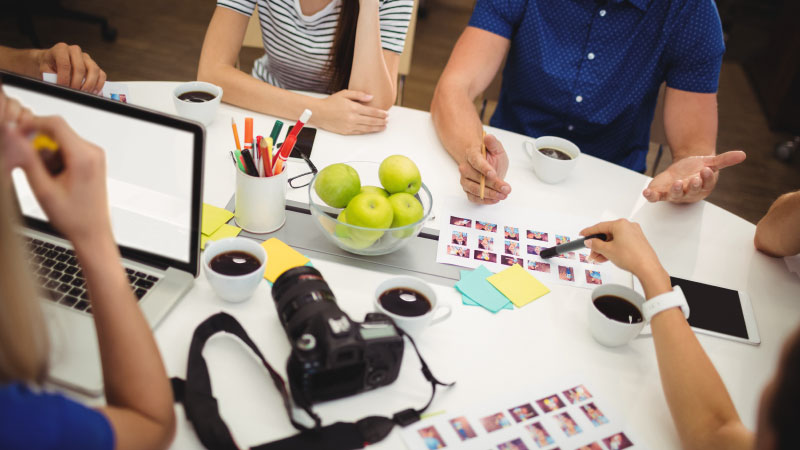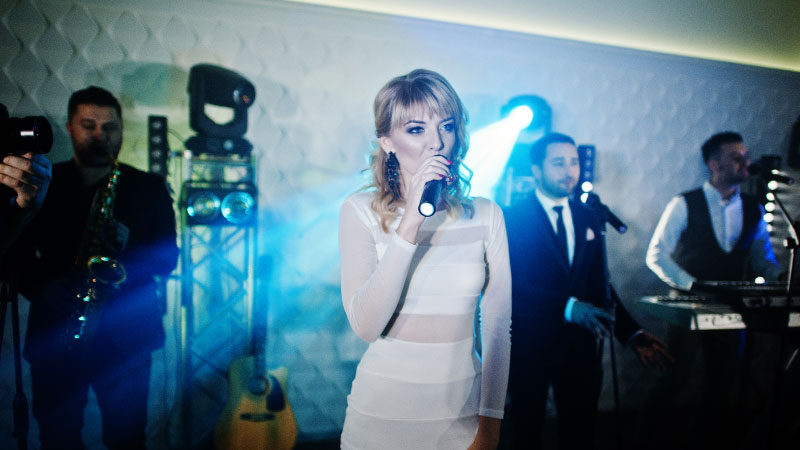Event photography and videography play crucial roles in the success and lasting impact of any event. Whether it’s a wedding, corporate gathering, concert, or family reunion, the visual documentation of these moments helps preserve memories, tell stories, and create a visual archive that can be cherished for years to come. This guide delves into the essentials of event photography and videography, covering techniques, equipment, and best practices to ensure that every moment is captured perfectly.

Importance of Event Photography and Videography
- Preservation of Memories: High-quality photos and videos allow people to relive their special moments.
- Marketing and Promotion: For corporate events, good visuals are vital for marketing, promotions, and showcasing the brand.
- Storytelling: Visual media can tell the story of an event in a way that words alone cannot.
- Emotional Impact: Photographs and videos evoke emotions and connections, making events more memorable.
Key Techniques in Event Photography
- Candid Shots: Capture genuine moments and emotions by taking candid shots. These are often the most memorable and cherished photos.
- Composition and Framing: Use the rule of thirds, leading lines, and other composition techniques to create visually appealing shots.
- Lighting: Natural light is preferable, but knowing how to use flash and other lighting equipment is essential for indoor or low-light events.
- Action Shots: Capture the energy and movement of the event, whether it’s a dance floor at a wedding or a keynote speaker at a conference.
- Details: Don’t forget to photograph the details – decorations, food, venue, and other elements that contribute to the event’s atmosphere.
Key Techniques in Event Videography
- Steady Shots: Use tripods, gimbals, and other stabilization equipment to ensure smooth, professional-looking footage.
- B-Roll Footage: Capture supplementary footage that can be used to enhance the main narrative and add depth to the story.
- Interviews and Sound Bites: Include interviews with attendees or organizers to provide personal insights and add a narrative layer to the event.
- Editing: Post-production is crucial. Editing should focus on creating a coherent story, with attention to pacing, music, and transitions.
- Multiple Angles: Shoot from various angles to give a comprehensive view of the event and keep the video dynamic.
Essential Equipment
- Cameras: High-resolution DSLR or mirrorless cameras are ideal for both photography and videography.
- Lenses: A variety of lenses (wide-angle, telephoto, prime) to cover different aspects and scales of the event.
- Lighting Equipment: Flash units, continuous lights, and reflectors to handle various lighting conditions.
- Audio Equipment: Microphones and audio recorders for clear sound capture during interviews and speeches.
- Stabilization Gear: Tripods, monopods, and gimbals to ensure steady shots.
- Editing Software: Professional software like Adobe Photoshop for photography and Adobe Premiere Pro or Final Cut Pro for videography.
Best Practices
- Preparation: Scout the venue beforehand to plan your shots and understand the lighting conditions.
- Communication: Coordinate with the event organizers to understand the schedule and any specific shots they need.
- Backup Equipment: Always have backup batteries, memory cards, and even an extra camera body to avoid any technical issues.
- Professionalism: Dress appropriately, be punctual, and maintain a professional demeanor throughout the event.
- Client Delivery: Provide a timely and high-quality delivery of photos and videos, including both raw and edited versions if requested.
Event photography and videography require a blend of technical skills, creativity, and keen observation. By mastering these elements, you can ensure that every important moment is captured beautifully and that the essence of the event is preserved for posterity. Whether you are documenting a grand celebration or a professional gathering, the right approach to photography and videography will make a lasting impact.



